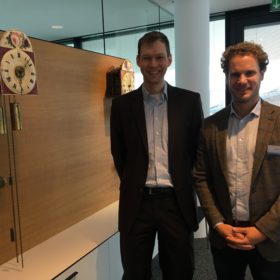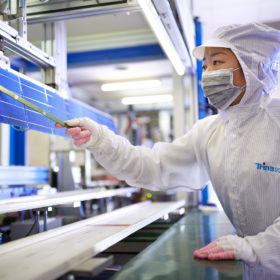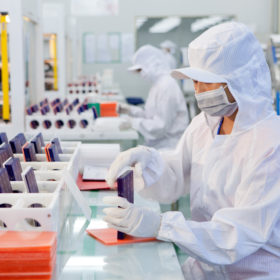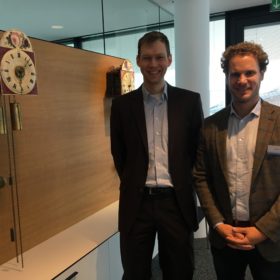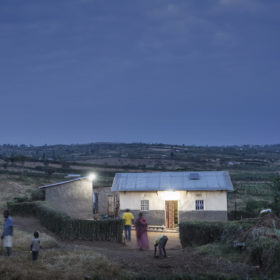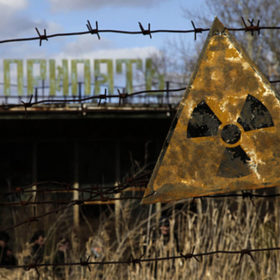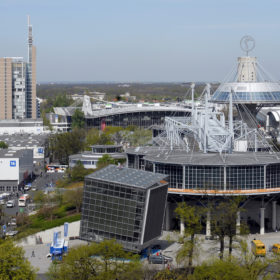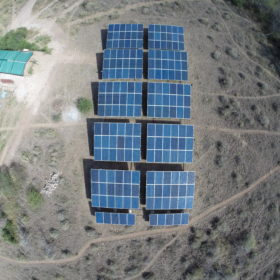Mono switch and PERC applications drive orders
Wet chemical processes: Since 2015, Rena has supplied some 8 GW of alkaline texturing equipment – for monocrystalline cell production. In Q1 2017 the company reported alkaline texturing and junction isolation sales of some 4.5 GW. Given this, Rena’s sales manager Ulrich Jäger, and Daniel Pusch, from the company’s R&D department, sat down with pv magazine about the current market and technological outlook.
Solar cell manufacturers ranked
c-Si cell manufacturing: Tier-1 cell makers continue to expand their capacities, both in and outside of China. Increased demand for monocrystalline cells is evident in the market, as high efficiency PERC starts to become the dominant technology trend. Industry analysts IHS Markit provide a ranking of the top manufacturers in 2016.
The knock-on effect
China slowdown: The curious lack of any discernible first half installation boom in China is leading to lower multi-Si product prices and suppressed utilization rates in China and Taiwan. These knock-on effects are a result of uncertain policy support from government, exacerbated by a wait-and-see approach adopted by many developers.
Powerful PV in, and from, China
When China switched on to solar, it changed our industry forever. China’s role as the PV manufacturing powerhouse is well established. However, industry observers, analysts and market participants are still unsure how China’s position as the largest solar end market is being digested.
Solar as a Service in Rural Africa
Pay-as-you-go solar: home system companies are seeking to provide an on-grid experience in off-the-grid settings. To fight off competition from lower cost, lower quality systems, PAYG companies need to deliver a premium experience at a competitive price.
The high peaks of PV plants
Solar in high regions: Installing solar PV in increasingly remote regions brings certain technical challenges, particularly at high altitude. However, the benefits outweigh the risks and drawbacks if undertaken correctly, write Daniel Budisky and Gianguido Piani of renewable energy consultants Deea Solutions.
Solar power from the exclusion zone
Chernobyl mega project: Stuck in a conflict with Russia and highly dependent on fossil fuels as well as nuclear power, Ukraine strives for energy self-sufficiency. More than three decades after the catastrophic Chernobyl meltdown, the nuclear wasteland is now set to pave the way for a solar future that could still hold risks.
Solar Premium at Hannover Messe to exhibit optimal solutions
The gathering place at the Messe will be the exhibition stand dubbed Solar Premium. Its mission will be to address the needs and concerns of all current and potential users of the solar system solutions across the residential, commercial and utility-scale sectors of the industry.
Policy Gridlock
Kenya’s PV market: Hopes for greater utility-scale solar development in Kenya have risen steadily over the past two years. But build-out remains negligible, with the International Renewable Energy Agency estimating the country’s cumulative installed capacity at a paltry 24 MW by the end of 2015.
A record breaking year for solar
At one point, it looked as though 2016 would be an abysmal year for solar Down Under, but in many respects, it was a total record breaker. These charts, provided to pv magazine by Australian solar consultants Sunwiz will demonstrate a few of the highlights.
